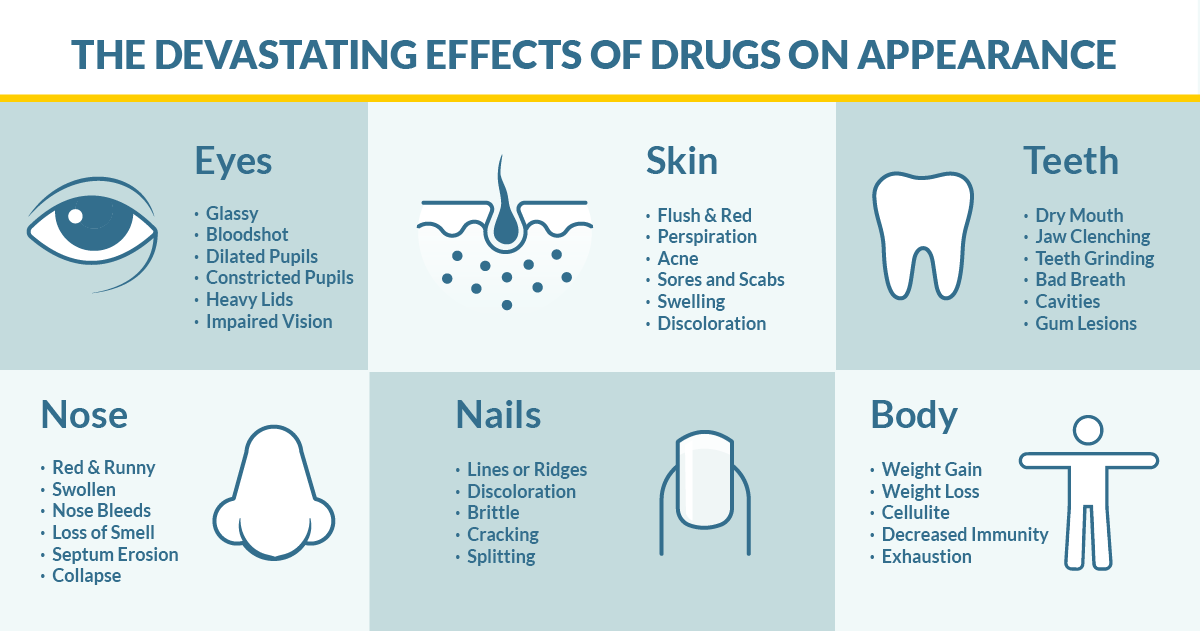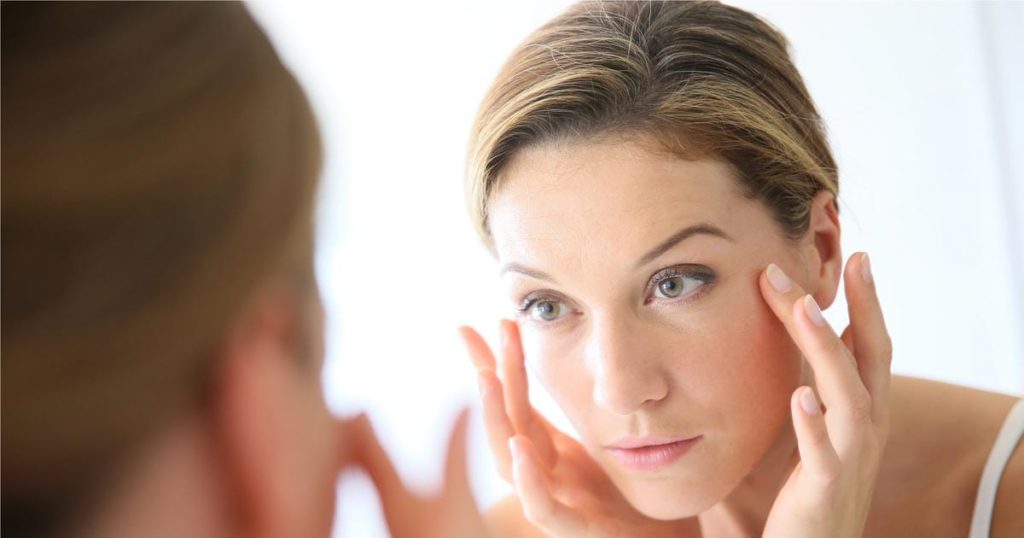Most of us are aware of the havoc that addiction to drugs and alcohol can wreak on a person’s life — from loss of career or reputation to financial ruin, broken relationships and a dysfunctional family life. But what about the toll drugs and alcohol can take on a person’s looks? Often, alcohol and drug abuse can alter a person’s appearance as radically as it can alter their behavior. While some substances may take a relatively long time to show up on our faces or figures, others have rapid effects, ruining our looks in a dramatically short span of time. In this way, one might say that not only do addictions wear people down, but people can also “wear” their addictions.
How Drugs Can Ruin Your Looks


